1. “Captain Kangaroo”
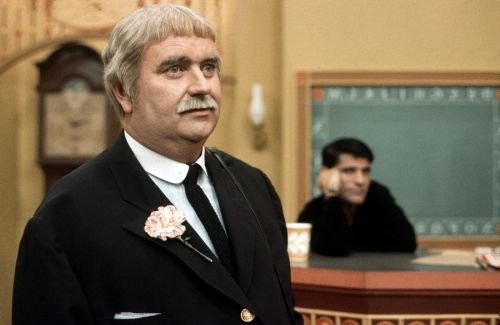
Bob Keeshan’s Captain Kangaroo felt like a comforting grandfather welcoming kids into his living room every morning. Running for nearly 30 years, it offered a gentle mix of stories, crafts, and memorable characters like Mr. Green Jeans and Bunny Rabbit. The slow pace and genuine warmth are a far cry from the fast-paced kids’ shows of today, but that’s exactly why it’s so fondly remembered.
2. “Howdy Doody”
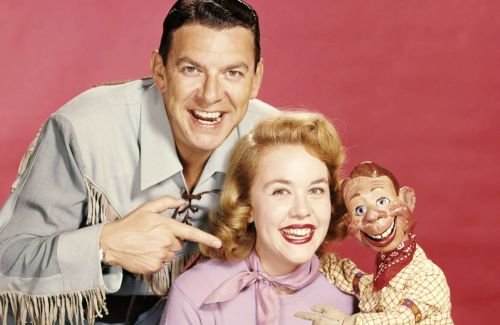
If you were a kid in the late ’40s and ’50s, Howdy Doody wasn’t just a show; it was a cultural event. This pioneer of children’s TV introduced us to a puppet cowboy and his wacky cast of friends in the fictional town of Doodyville. Its live studio audience, affectionately called “the Peanut Gallery,” made kids feel like part of the fun, and the show set the stage for generations of children’s programming with its mix of education and pure, unfiltered whimsy.
3. “Sesame Street”
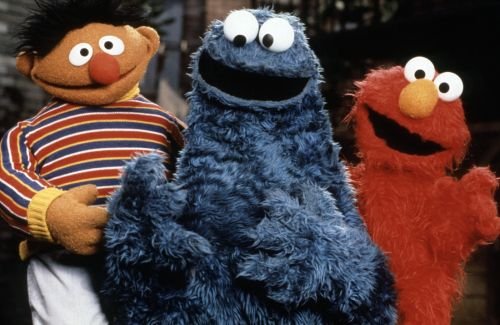
When Sesame Street debuted in 1969, it didn’t just entertain; it revolutionized educational television. Mixing Muppets, real kids, and catchy songs, it taught letters, numbers, and life lessons. Baby boomers remember tuning in with younger siblings or their own kids and being just as enthralled by Big Bird, Oscar, and the Count. It’s hard to overstate how much this show reshaped childhood education and became a multigenerational staple.
4. “The Mickey Mouse Club”
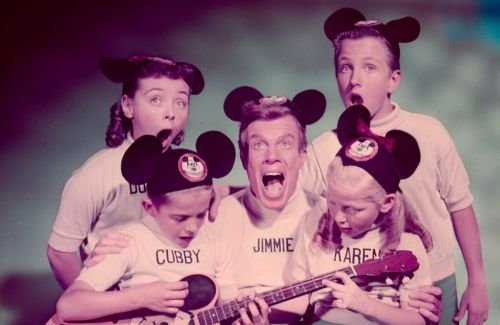
The Mickey Mouse Club wasn’t just a show—it was a phenomenon. With its cheerful Mousketeers, catchy songs, and segments for kids of all interests, it became a blueprint for family-friendly variety programming. Whether you had a favorite Mousketeer or loved the serialized adventures like The Hardy Boys, this was where Disney magic truly came alive for kids.
5. “The Electric Company”
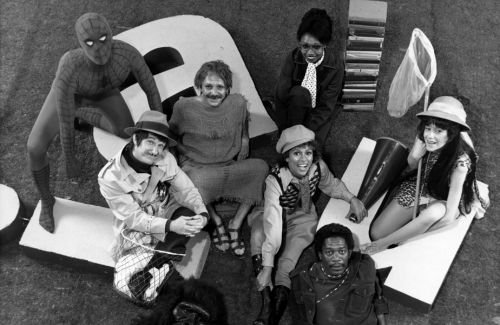
This early ’70s gem was Sesame Street’s cool cousin. Geared toward slightly older kids, it used comedy skits, music, and animation to teach reading skills. With stars like Morgan Freeman and Rita Moreno, it offered a sense of fun that made learning feel like a party. It also taught a generation to laugh at education while still taking it seriously.
6. “Mr. Rogers’ Neighborhood”
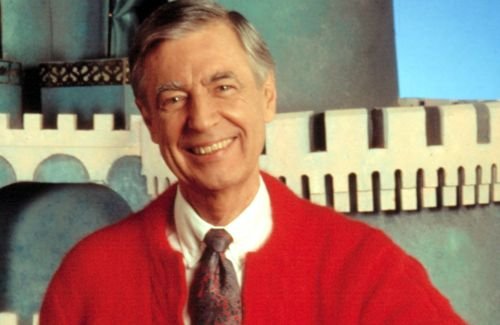
Fred Rogers didn’t just host a show; he created a sanctuary. Mr. Rogers’ Neighborhood was a world where every kid felt seen, understood, and valued. Through his gentle voice, cardigan sweaters, and the calming routine of visiting the Neighborhood of Make-Believe, Mr. Rogers tackled big emotions and everyday challenges with unmatched kindness. He wasn’t flashy, but that’s exactly why he left such a lasting impact.
7. “Schoolhouse Rock!”
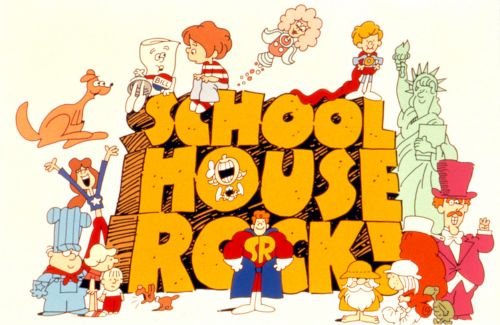
Who can forget learning about conjunctions, the legislative process, or the magic of three with catchy tunes like “Conjunction Junction” or “I’m Just a Bill”? Schoolhouse Rock! made Saturday mornings not just fun but surprisingly educational. Those animated shorts were quick lessons disguised as entertainment and still stick in our heads decades later.
8. “Zoom”
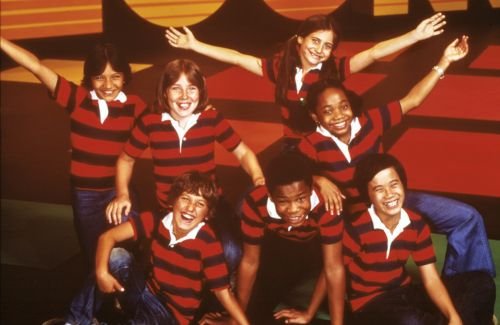
“Come on and Zoom, Zoom, Zoom-a Zoom!” This ’70s PBS classic encouraged kids to participate, create, and explore their world. With real kids as the cast, it felt approachable and relatable. From goofy skits to science experiments, it inspired creativity and curiosity in a way that made kids feel like part of the gang.
9. “The Flintstones”
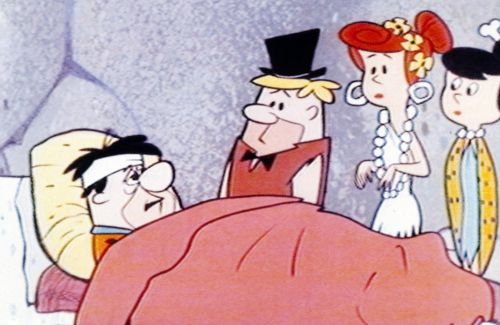
While technically aimed at adults, The Flintstones became a family favorite in the early ’60s. It was essentially a prehistoric sitcom, with Fred and Barney’s antics providing laughs for viewers of all ages. For many baby boomers, it was the first animated show they watched in prime time, making it a trailblazer for cartoons that followed.
10. “Romper Room”
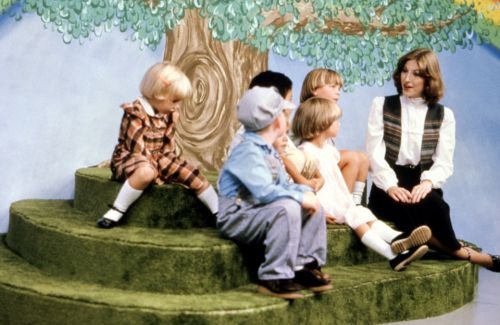
This was the show where kids felt seen—literally! The host’s magic mirror segment, where she’d “see” kids at home by calling out names, was pure excitement. It had a mix of games, songs, and lessons, creating a structure that prepared many kids for the classroom while making them feel like stars.
11. “Bozo the Clown”
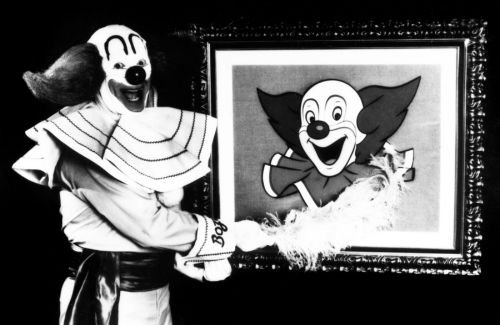
Bozo the Clown wasn’t just a show—it was a live circus on TV. Local versions of Bozo popped up all over the country, giving kids a clown to cheer for and laugh with. It was playful, wacky, and full of slapstick fun, making it a staple for kids who loved a bit of chaos with their entertainment.
12. “Fat Albert and the Cosby Kids”
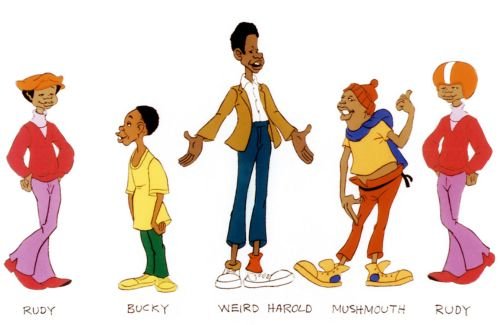
With its funky theme song and street-smart lessons, Fat Albert and the Cosby Kids offered something unique: a cartoon that tackled real-life issues. Created by Bill Cosby, it taught kids about kindness, empathy, and responsibility while still bringing the laughs with its lovable characters like Mushmouth and Dumb Donald.
13. “Davy and Goliath”
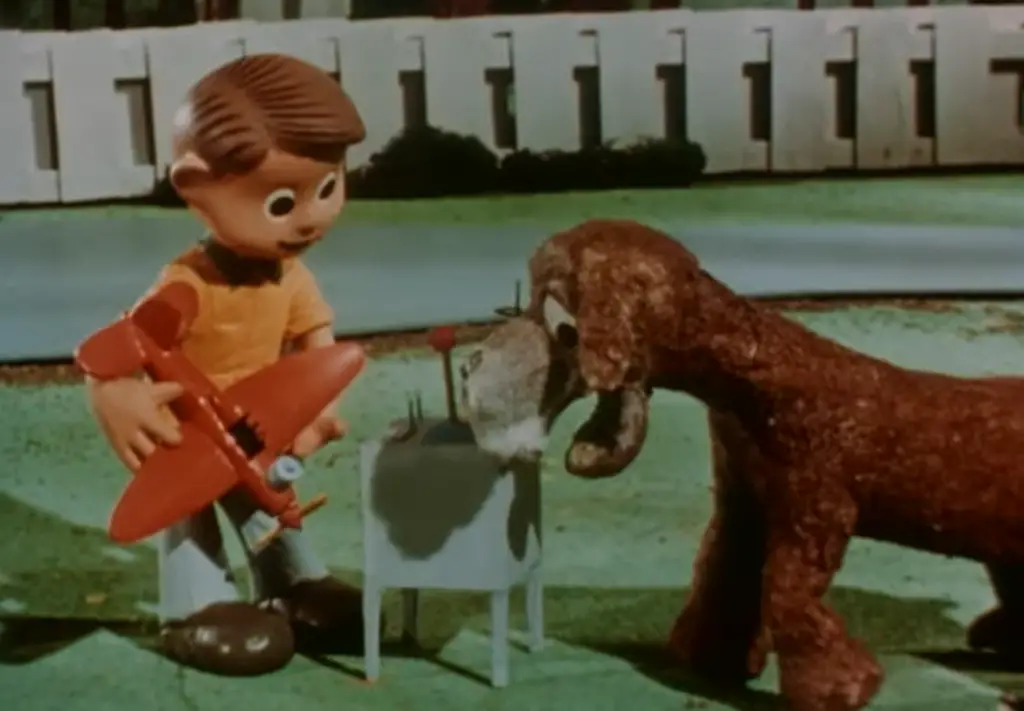
This stop-motion series from the ’60s and ’70s had a simple charm and moral center. Following a boy named Davy and his talking dog, Goliath, the show gently explored moral and ethical dilemmas. Its spiritual undertones and handmade aesthetic gave it a unique place in children’s programming.
14. “Yogi Bear”
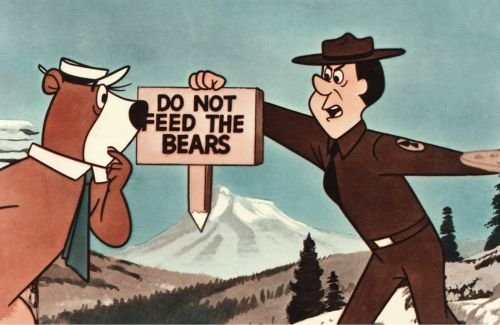
Who didn’t want to steal a “pic-a-nic” basket with Yogi and Boo-Boo? This Hanna-Barbera classic brought humor and heart to Saturday morning cartoons. Set in the fictional Jellystone Park, Yogi’s antics were relatable to kids and even gave parents a chuckle with its sly humor.
15. “Lassie”
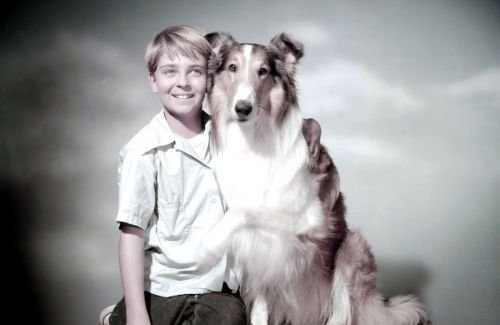
No list of unforgettable children’s TV is complete without Lassie. This show about a heroic collie saving the day (and sometimes Timmy) was heartwarming, adventurous, and filled with lessons about courage and loyalty. Lassie was the quintessential hero, proving that even a dog could teach us to be better humans.
These shows weren’t just entertaining—they were formative. They taught us lessons, made us laugh, and gave us memories that we’ve carried through life. From simple joys to moral quandaries, they shaped our imaginations and made us feel connected, not just to the characters but to each other. Which one was your favorite growing up?


